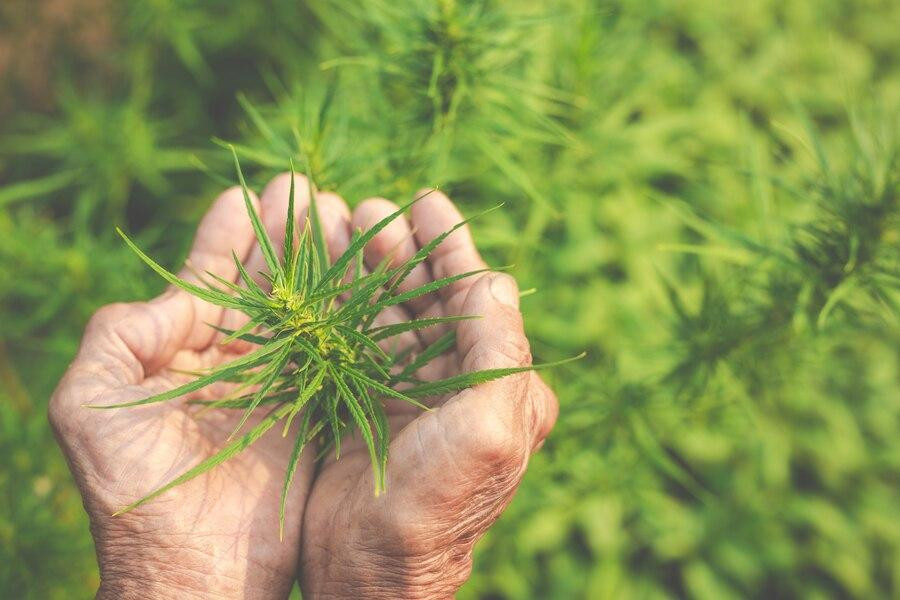Introduction:
Growing hemp from seed can be rewarding, whether for industrial, medicinal, or recreational purposes. To cultivate thriving hemp plants, it's essential to understand the various stages of growth, implement practical tips, and consider companion plants that can enhance your hemp crop's overall health and yield.
Understanding Hemp Seed for Growing:
Hemp seeds are the starting point of your hemp-growing journey. When selecting seeds, opt for high-quality, certified seeds from reputable suppliers. Ensure the seeds are viable by checking for a dark color, firm texture, and intact hulls. Quality seeds are crucial for healthy plant development and optimal yields. Incorporating the right hemp seeds for growing is fundamental to kick-starting a successful cultivation process.
Hemp Growing Tips:
- Choose the Right Location: Hemp thrives in well-drained soil with ample sunlight. Select a location with nutrient-rich soil and sufficient sunlight exposure for optimal growth.
- Prepare the Soil: Before planting, prepare the soil by tilling and removing any weeds or debris. Consider conducting a soil test to determine nutrient levels and pH and amend the soil as necessary.
- Provide Adequate Water: Hemp plants require consistent moisture, particularly during the germination and earlier growth stages. However, appropriate drainage is necessary to avoid soggy soil, which can lead to root rot.
- Monitor Temperature: Hemp prefers warm temperatures for optimal growth. Plant seeds after the last frost date in your area and ensure temperatures remain above 50°F (10°C) during the growing season.
- Practice Crop Rotation: Rotate hemp crops with other plants to prevent soil depletion and reduce the risk of pests and diseases.
- Implement Organic Pest Control: Use natural pest management strategies like companion planting and helpful insects to control pests without synthetic poisons.
- Prune and Train Plants: Regular pruning and training can improve airflow and light penetration, leading to healthier plants and increased yields.
Hemp Growing Stages:
Growing hemp involves several stages, each crucial for the plant's development and eventual harvest. Understanding these stages can help growers effectively manage their crops and optimize yields. Here's an overview of the primary hemp growing stages:
- Germination: Germination marks the beginning of the hemp-growing journey. Keep the soil moist and warm (around 70-80°F or 21-27°C) to facilitate seedling emergence.
- Seedling Stage: During this stage, seedlings develop their first true leaves. Provide adequate water and light and protect seedlings from harsh environmental conditions.
- Vegetative Stage: In the vegetative stage, hemp plants focus on leaf and stem growth. Ensure plants receive ample sunlight and nutrients to support vigorous vegetative growth.
- Flowering Stage: As hemp plants mature, they enter the flowering stage, marked by the development of flowers or "buds." Monitor light exposure to ensure plants receive 12 hours of uninterrupted darkness to trigger flowering.
- Harvesting: Harvest hemp plants once flowers have fully developed and trichomes are at their peak cannabinoid content. Timing varies depending on the desired end product: fiber, seeds, or cannabinoids.
Companion Plants for Hemp:
Companion planting involves growing compatible plant species near each other to enhance growth, repel pests, and improve soil health. Some suitable hemp companion plants include:
- Basil: Repels pests such as aphids and attracts beneficial insects.
- Marigolds: Deters nematodes and other soil-borne pests.
- Nasturtiums: Attracts predatory insects and repels pests like aphids and whiteflies.
- Sunflowers: Provide structural support and attract pollinators.
- Legumes (such as clover or beans): Fix nitrogen in the soil, enhancing fertility for hemp plants.
You can cultivate healthy and productive hemp crops by incorporating these hemp growing tips, understanding the various growth stages, and selecting appropriate companion plants. Remember to adapt practices to your specific growing conditions and continually monitor your plants' progress for optimal results.

